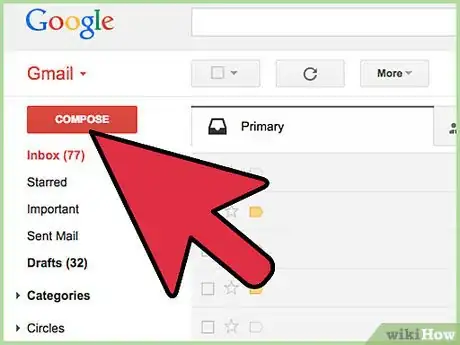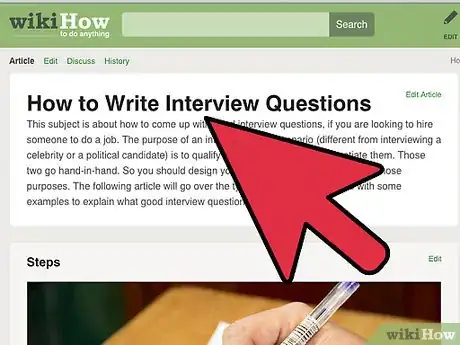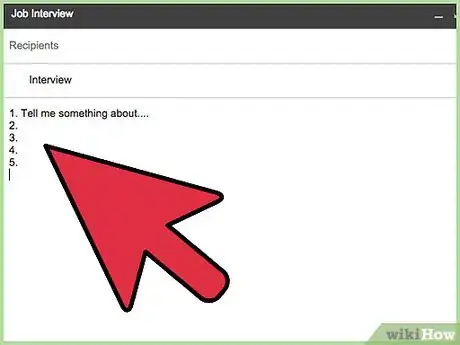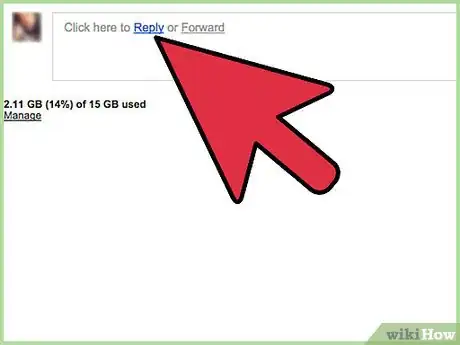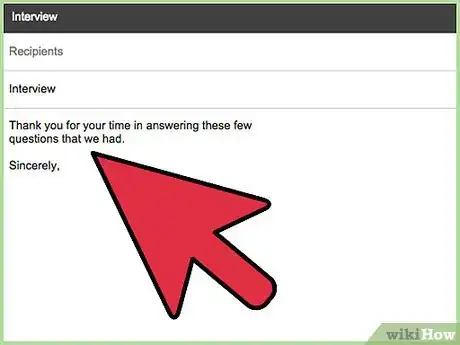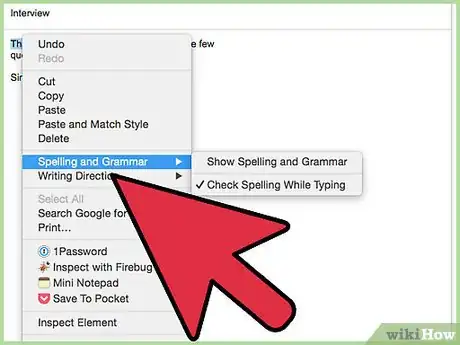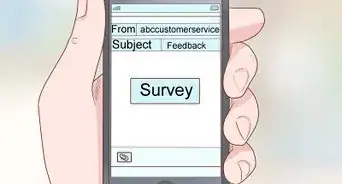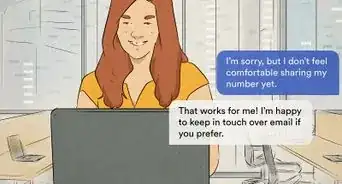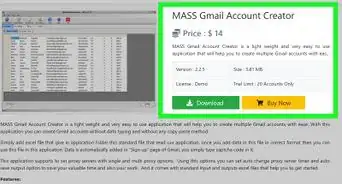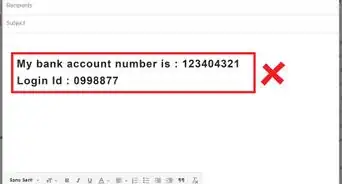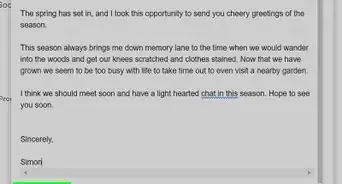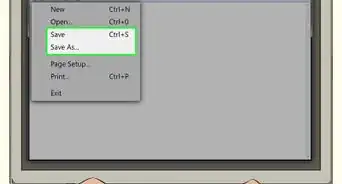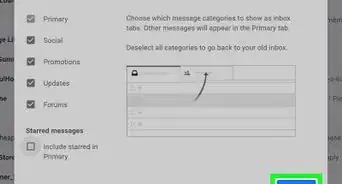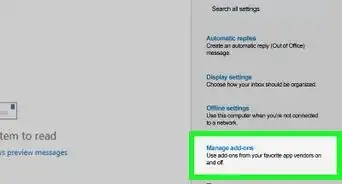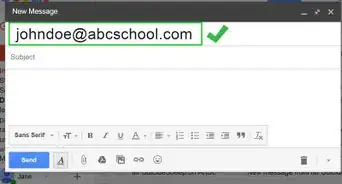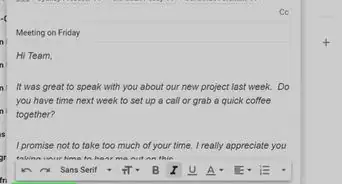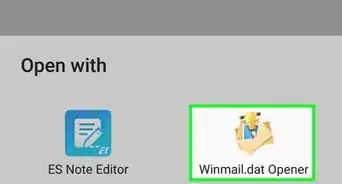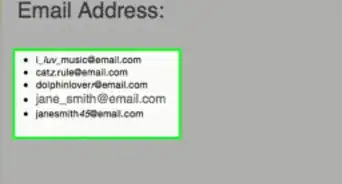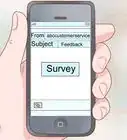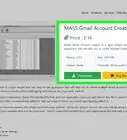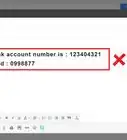wikiHow is a “wiki,” similar to Wikipedia, which means that many of our articles are co-written by multiple authors. To create this article, volunteer authors worked to edit and improve it over time.
This article has been viewed 70,784 times.
Learn more...
With the modern era of mobile connectivity, people's accessibility has increased and they have more options to communicate. However, people are as busy as ever and are increasingly hard to catch. Journalists face challenges when attempting to write stories based on interviews, especially when a deadline is quickly approaching. One solution to this is the email interview. It allows interview subjects time to respond at their first opportunity, and the method doesn't require the journalist to spend all of his free time trying to make contact with the subject.
Steps
-
1Get the subject's approval prior to drafting questions for and sending the interview email. Call her or send an email explaining who you are, what the story you are writing is about, and the types of information you hope to garner from the responses. Indicate why you think she is a good source for your story. Within the email, include your contact information. Do not proceed until you have permission from the interview subject.
-
2Write questions that are clear, concise and to the point. No interview subject wants to assume what you're asking. Questions should be open-ended and not be yes-or-no questions. If you do choose to utilize a question with a simple yes or no answer, follow up with another question about why the subject answered the way he did.Advertisement
-
3Refrain from asking too many questions during the email interview. Typically, three to five questions is standard for basic email interviews. By limiting the number of questions, you are being considerate of the subject's time. Any more questions than this may be a bit labor-intensive for your source. However, if the source is the main subject of a feature or more lengthy article, more questions might be necessary. Use your best judgment as a journalist.
-
4Follow up with a telephone interview or additional questions via email if you need to clarify any answers provided by the interview subject. There are times that answers to questions cause a journalist to think of additional questions. If this is the case, feel free to follow up for further information.
-
5Send a note or email thanking the interview subject for taking his or her time to answer your questions. If your story is going to appear in a public publication, let the interview subject know when to expect to see the article on news stands.
-
6Edit the interview answers for grammar or spelling, if necessary, when writing your story or article. This is not to say, however, that it's appropriate to change the context or meaning of the quote to suit your story or its tone.
